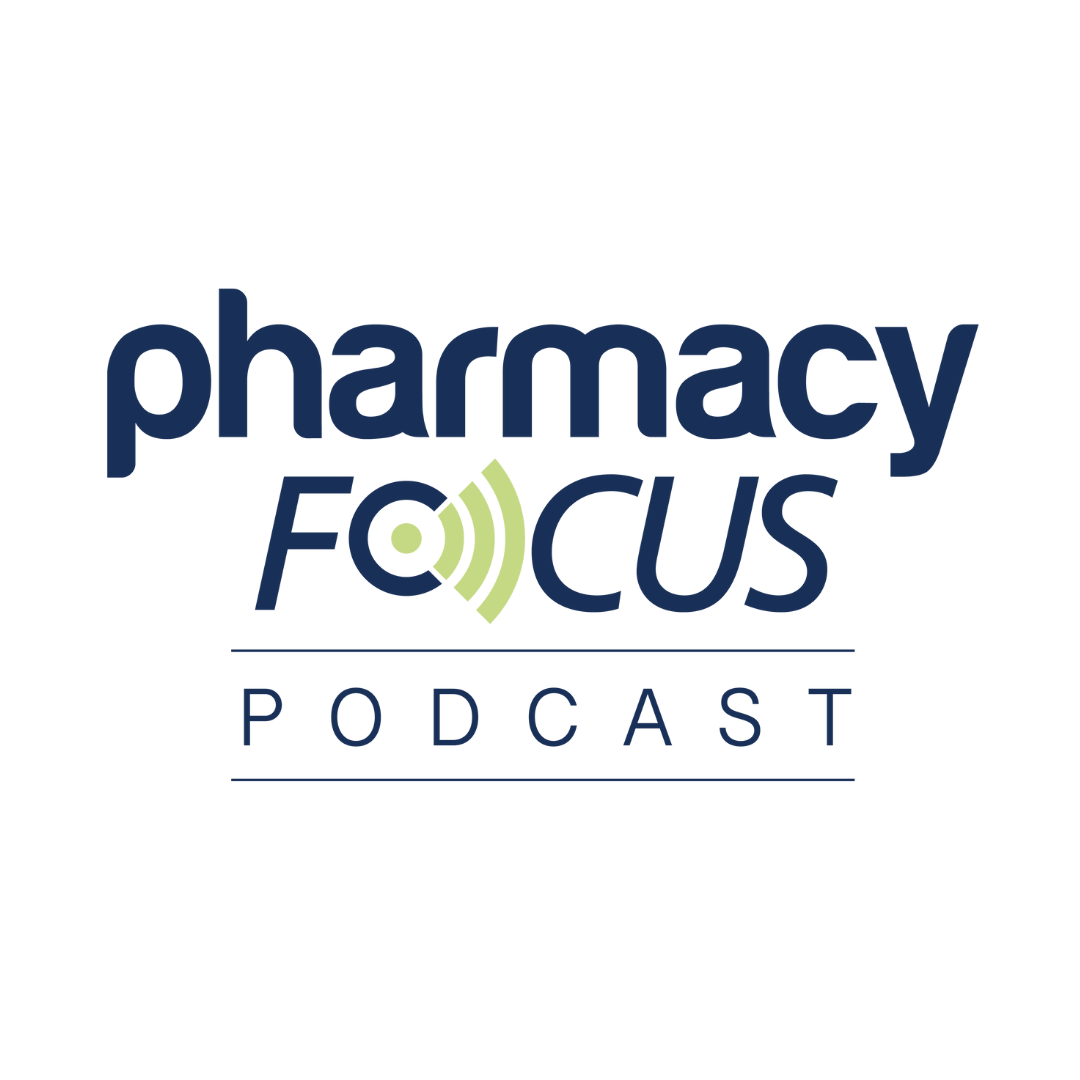The Medicare Prescription Payment Plan (M3P) may be one of the best things to happen to pharmacies and Medicare beneficiaries in years, but too many pharmacists are still unaware, confused, or frustrated since the program went live on January 1, 2025.1 M3P will be a financial lifeline for seniors while lowering certain pharmacy costs, but more education and tools are needed to make it successful with pharmacies and their customers. Fortunately, those solutions are starting to emerge, and when the dust settles, an exciting new opportunity for pharmacists and their patients will take shape.
What is the Medicare Prescription Payment Plan?
Pharmacists who serve Medicare Part D beneficiaries have likely heard of M3P or received some basic training. However, many pharmacists are confused about the finer points of the program’s rules—specifically about who benefits and how to process M3P claims.
Many more Part D beneficiaries would benefit from the program than are currently participating. The program is free, optional, and every Part D beneficiary is eligible to opt in. There is a common misconception that beneficiaries must have a $600 expense before they can sign up—this is untrue. The US Centers for Medicare and Medicaid (CMS) says that anyone struggling to afford their medicine may benefit from the program, but, importantly, all Part D beneficiaries can opt in at any time during the year.1,2
Pharmacy workflows have changed for Part D beneficiaries that are likely to benefit or already opted into the program. New message codes for M3P should be visible in pharmacy management software. When the message code 056 appears, the patient is flagged as likely to benefit, and the pharmacist is required to deliver the CMS likely to benefit letter. If 057 appears, the patient is opted in to M3P and the pharmacist must submit a secondary claim to a separate M3P BIN/PCN. Code 058 indicates the patient has opted out of the program either voluntarily or involuntarily (which could happen if they did not pay their invoices).3
To opt into the program, the beneficiary should contact their plan or use a free, online opt-in tool to submit their opt-in request to their plan. Plans have 24 hours to process the opt-in request once it is received.
What’s In It for the Pharmacy?
Beneficiaries will enjoy having more time to manage their pharmacy costs, but pharmacy businesses also profit from M3P in ways that haven’t received much attention. A few key benefits for pharmacies include:
- Lower credit card fees: When opted-in patients pick up their prescriptions, their Part D plan (Prescription Drug Plan or Medicare Advantage Prescription Drug) pays the full out-of-pocket amount within 14 to 30 days (per the contract), saving the pharmacy the 2% to 3% they might have been charged in transaction fees if the consumer paid their out-of-pocket cost with a credit or debit card.
- Lower return-to-stock fees: Since beneficiaries can pick up their medications for $0 and settle their bill with the plan later, there is no longer a financial barrier to medication adherence. More prescriptions end up in patients’ hands instead of getting returned to stock.
- Improved medication adherence: When patients are able to take their medication when they need it, they’re more likely to come back for refills on schedule rather than trying to stretch out their prescriptions or going off therapy until they can afford more. That’s good for the patient and good for pharmacy businesses.
How to Streamline M3P Processes
Lower costs and more repeat business could help pharmacies thrive in 2025. However, the level of impact will be tied to operational readiness to support patient education and the new processes M3P requires.
Early data indicate the industry has struggled to operationalize the program. In a March 2025 phone survey of more than 300 pharmacies, 1 in 4 were unsure how to support M3P or indicated it had been a rough process at the start of the year. As many as 30% of M3P secondary claims may not be correctly submitted, which means some opted-in beneficiaries are being incorrectly charged a copay at the pharmacy point of sale. Other pharmacies have struggled to see the M3P status message codes in their pharmacy management software. Together, these situations create a problematic patient experience.
Pharmacies should ensure pharmacy staff know how to do the following:
- See the 056 message code and deliver the likely to benefit notice
- Notice the 057 message and correctly process the secondary M3P claim
- Educate the patient on their out-of-pocket responsibility, which will be billed by their plan
There are additional resources for pharmacies looking for operational assistance as they roll out M3P. The Pharmacy Society of Wisconsin recently published a resource with requirements at the point of sale, dos and don'ts for pharmacies, and helpful codes.4 Additionally, the National Community Pharmacists Association provides an M3P Learning Hour for CE credit.5
Tools to Speed and Support Patient Education
Program awareness is still relatively low among Medicare beneficiaries despite the communications sent out by the plans. Pharmacists play a critical role in helping people become informed about the program, and it doesn’t have to be a drag on operational efficiency.
About the Author
Jeff Pohler, RPh, is a pharmacy business and Medicare executive with more than 20 years of experience in clinical practice, medication therapy management, and pharmacy benefits. Before moving into leadership roles, he worked as a practicing pharmacist, giving him firsthand insight into patient and provider challenges. Now at Paytient, he focuses on improving medication affordability and access for Medicare beneficiaries. Previously, he held key roles at OptumRx, Walgreens, Express Scripts, and UnitedHealth Group, where he specialized in Medicare policy, pharmacy operations, and adherence strategies.
First, consider notifying and educating patients before they are standing at the pharmacy counter. Plans can take up to 24 hours to opt in a beneficiary after receiving their request. It creates a better experience if customers opt in at least 24 to 48 hours before they come to pick up their prescriptions. If they have to mail a paper form, it could take more like 7 to 10 days. Consider including a link or information in pharmacy communications as early as possible in the patient’s journey. Medicare.gov has provided a Fact Sheet for beneficiaries to learn about the program.2 Another resource, GetMyMeds.com, has program information, a cost calculator, and an online opt-in request tool that can be used to securely submit an opt-in request to any plan.6
Next, think through the pharmacy counter experience. Consider signage with a QR code or a paper flier that can be distributed to any Medicare beneficiary who is likely to benefit because they either have a prescription that costs $600 or more, or they are struggling to afford their medication.
The Bottom Line
M3P is more than just another program for pharmacies to navigate—it represents an opportunity to strengthen operations, build trust with patients, and reduce financial barriers to medication access. Although early implementation has presented challenges, pharmacies that invest in streamlining workflows, training staff, and supporting patient enrollment will realize the benefits, including fewer returns-to-stock, lower transaction fees, and improved medication adherence. With the right preparation and tools, pharmacies can play a pivotal role in ensuring the long-term success of M3P, creating lasting value for both their business and the patients they serve.
References






